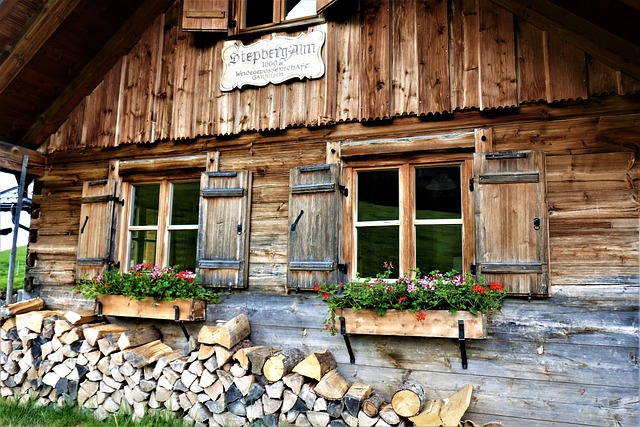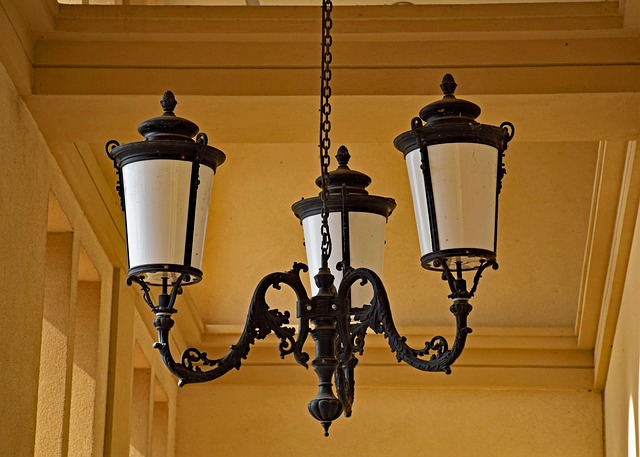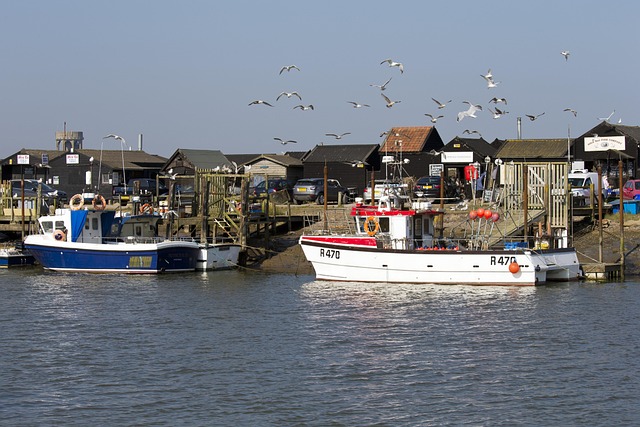Diverse real estate markets foster inclusive culinary and retail scenes, driving economic growth and cultural exchange. Unique architectural landscapes inspire chefs while competitive restaurants enhance urban experiences. Alternative shopping spaces like pop-up markets and vintage shops transform city economies. Local real estate serves as a cultural exchange platform, immersing residents and visitors in diverse cuisines and artisanal crafts, fostering global connections and enriching communities.
In today’s dynamic urban landscape, diverse real estate is transforming not just homes but also the dining and shopping experiences we enjoy. The impact of varied neighborhoods and cultural hubs is evident in the bustling eateries and unique retail spaces that thrive within them. This article explores how diverse real estate enriches our lives by fostering cultural exchange through local culinary and shopping adventures. From vibrant food halls to eclectic boutiques, discover how these experiences celebrate our increasingly globalized world.
The Impact of Diverse Real Estate on Dining Scene

In diverse real estate markets, the dining scene thrives as a reflection of the varied demographics and cultural mix. When developers and investors embrace inclusivity in their projects, they inadvertently foster an environment that attracts a wide array of restaurants. This trend amplifies culinary choices for residents and visitors alike, making the area a hub for gastronomic exploration. Diverse real estate not only offers unique architectural landscapes but also serves as a canvas for chefs to showcase their heritage and creativity.
The impact extends beyond the plate; it stimulates economic growth and enhances the overall urban experience. Areas known for their eclectic mix of residential properties tend to draw in a broader customer base, encouraging restaurants to experiment with menu offerings and ambiance. This competitive yet collaborative dynamic enriches the local culture, attracts tourists, and fosters a sense of community among residents who can now enjoy dining experiences that align with their personal tastes and backgrounds.
Shopping Beyond the Conventional: Exploring Unique Retail Spaces

In today’s dynamic urban landscape, shopping goes beyond conventional malls and high streets. Real estate developers and entrepreneurs are carving out unique retail spaces that cater to diverse interests and lifestyles. These innovative concepts include pop-up markets, vintage shops tucked away in charming alleys, and experiential stores that blend shopping with cultural events. By offering off-the-beaten-path experiences, these alternative retail destinations attract a loyal customer base seeking more than just typical merchandise.
From hidden gem boutiques to industrially styled warehouses converted into creative hubs, shoppers can immerse themselves in environments that reflect the character of the products on offer. This shift towards experiential shopping not only enhances the customer journey but also contributes to vibrant city economies. As these unique retail spaces gain popularity, they redefine the way we perceive and engage with local business scenes, making urban areas more dynamic, inclusive, and captivating for both residents and visitors alike.
Fostering Cultural Exchange Through Local Experiences

In today’s diverse and interconnected world, local real estate experiences offer a unique opportunity for cultural exchange. When folks venture into their neighborhoods, they’re not just exploring new spaces; they’re immersing themselves in different cultures. Local dining establishments, with their varied cuisines, become cultural ambassadors, allowing patrons to taste the stories and traditions of distant lands. Each dish tells a tale of migration, adaptation, and innovation, fostering an appreciation for global diversity.
Shopping, too, becomes a bridge between communities when local businesses showcase artisanal crafts, traditional textiles, or exotic spices from around the world. These experiences not only enrich individuals’ palates and wardrobes but also encourage meaningful conversations and connections. By engaging in these local activities, residents and visitors alike contribute to a vibrant tapestry of cultural exchange, making their communities more welcoming, informed, and globally conscious.






